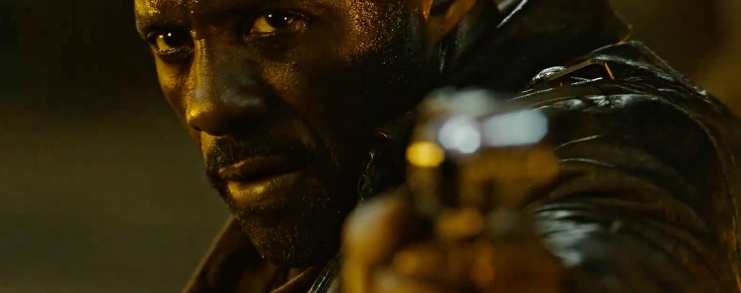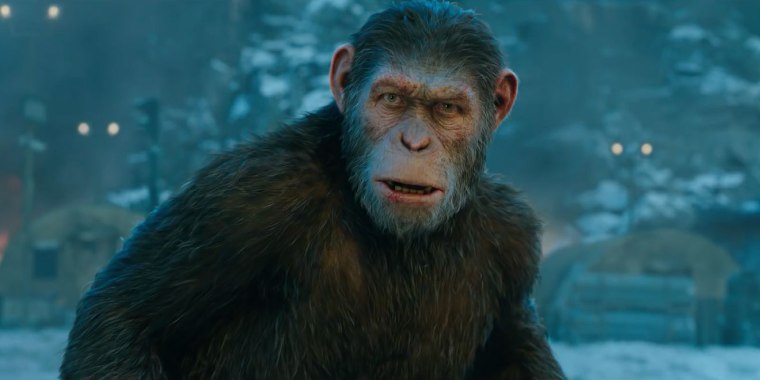Stephen King and Movie Trailers
My latest post over at Adfreak looks at how despite being a well-known author, the movies based on his work haven’t always used Stephen King’s name as a major selling point:
King is a household name, with his books gracing many a family trip to the beach for the weekend. To date, there have been over 60 feature-film adaptations of novels, novellas or short stories from the author, along with dozens of retellings on TV. That number will grow even before the end of the year, with a new version of It (previously adapted as a TV mini-series in 1990) coming to theaters and Netflix releasing an adaptation of Gerald’s Game.
So, with King working hard to keep his name and work at the top of the pop-culture pile, it’s a good time to look back at how that name has been used in the marketing for just a handful of previous movies based on his writings.
Source: How Movies Made From Stephen King Books Have Been Marketed Through the Years – Adweek

















